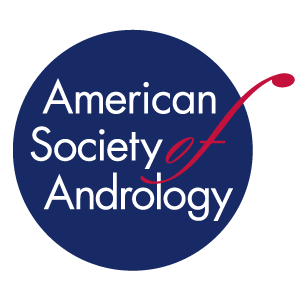
About North American Testis Workshop
The first meeting of the Testis Workshop was held in 1972 under the sponsorship of the National Institutes of health (NIH). Since then, the Testis Workshop, now referred to as the North American Testis Workshop (NATW), has become widely considered as the premiere scientific meeting focusing solely on the molecular and cellular aspects of the testis and its role in fertility and infertility. The emphasis during workshop meetings has always been on presenting scientific developments covering all aspects of the testis, promoting discussion, bringing in new ideas, promoting young investigators and diversity, and challenging traditional concepts.
Since 1991, the NATW and the Andrology Society of Andrology (ASA) have been meeting back-to-back. This arrangement encourages interaction between basic scientists, who offer insight on the fundamental biology of the testis, and clinical scientists, who strive to develop male contraceptives and work to find cures for male infertility. The close interactions between the NATW and the ASA provide a unique opportunity to share new ideas, approaches and discoveries and, consequently, provide investigators with the most recent tools to understand the basic biology of the testis and address the problems of male infertility and contraception.
A remarkable number of breakthroughs regarding every aspect of the testis were presented during the last fifty years+ at meetings of the NATW. We anticipate that with the acceleration of new “omic” technologies, understanding of stem cell biology, epigenetic, and molecular knowledge of functions of testicular somatic and germ cells, we will continue to learn about the discovery of new and clinically important aspects of testicular function during the next fifty years.
The stated purposes of the North American Testis Workshop (NATW) are:
Aim 1. Provide a platform for dissemination and discussion of new discoveries
Aim 2. Create opportunities for scientific exchange and collaborations
Aim 3. Offer a forum for trainees and junior investigators to present their research
Aim 4. Encourage the participation of women and underrepresented groups by providing them with opportunities to present their work, receive feedback from peers, and build professional networks.
